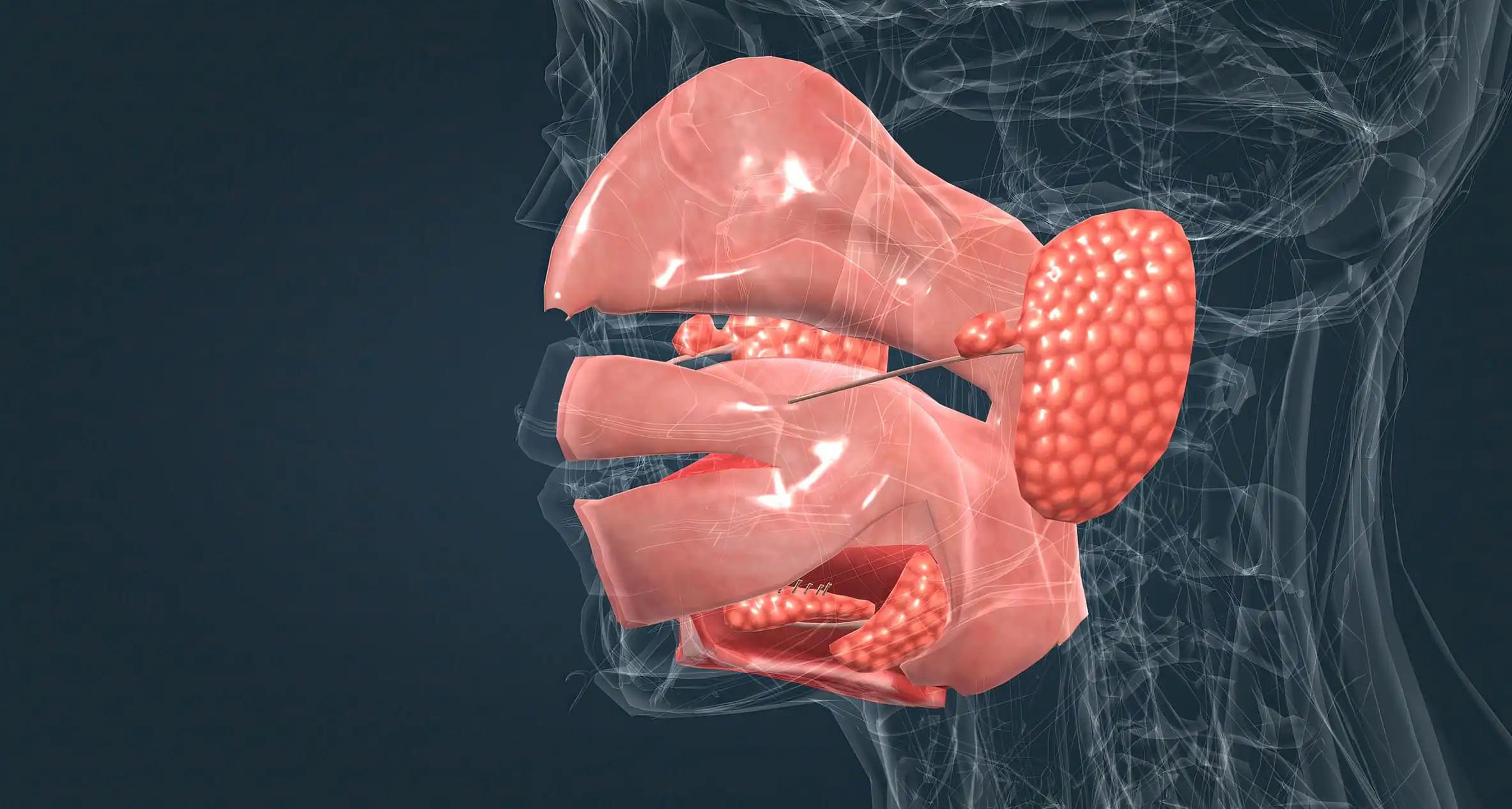KEY TAKEAWAYS
- The study aimed to identify an association between serum iron statuses and the occurrence of ER-positive or ER-negative BC.
- The ferritin correlated positively, and serum iron did it negatively with ER-negative BC; there was no link to ER-positive BC.
Huanyao Gao and the team aimed to explore the causal relationship between different serum iron statuses (ferritin, transferrin, transferrin saturation, and serum iron) and the occurrence of estrogen receptor (ER)-positive or ER-negative breast cancer (BC).
The summary data on serum iron status exposure were gathered from the IEU OpenGWAS Project, the UK Biobank, and other databases. Concurrently, the summary data for ER+ and ER- BC are sourced from the breast cancer association consortium (BCAC).
To examine the causal link between iron status and BC, they deployed 5 distinct Mendelian randomization (MR) algorithms: MR-Egger, inverse variance weighted (IVW), weighted median, simple mode, and MR-PRESSO. Cochran’s Q and MR-Egger algorithms were applied to assess heterogeneity and horizontal pleiotropy.
Elevated ferritin levels are associated with an increased risk of ER-negative BC (OR(IVW) = 1.042, 95% CI (1.005, 1.081), P= 0.025; OR (weighted median) = 1.050, 95% CI (1.001, 1.102), P= 0.046; and OR (MR-PRESSO) = 1.042, 95% CI (1.005, 1.081), P= 0.039).
Conversely, an increase in the serum iron level is linked to a reduced risk of ER-negative BC (OR (IVW) = 0.791, 95% CI (0.649, 0.962), P = 0.019; and OR (MR-PRESSO) = 0.791, 95% CI (0.649, 0.962), P= 0.028).
However, there is no evidence of a causal relationship between transferrin, transferrin saturation, and ER-negative BC. For ER-positive BC, none of the 4 different iron statuses demonstrated a causal relationship.
The study concluded that ferritin positively correlates with ER-negative BC, while serum iron is negatively associated with ER-negative BC. However, there was no causal relationship between the 4 iron statuses and ER-positive BC.
This work was supported in part by Breast Cancer Research Foundation (BCRF-22–076 to J.N.I. and L.Wang.), Mayo Clinic Breast Cancer Specialized Program of Research Excellence Grant (P50CA 116201 to J.N.I.), the George M. Eisenberg Foundation for Charities (to J.N.I and L.Wang), the Regis Foundation Mayo Clinic Center for Individualized Medicine (MC1351 to L.Wang); Mayo Clinic Schulze Cancer for Novel Therapeutics in Cancer Research (to L.W.), Mayo Research Foundation (to R.M.W.), A. T. Suharya, Ghan D. H, and Gail and Joseph Gassner.
Source: https://pubmed.ncbi.nlm.nih.gov/38965614/
Gao H, Wei L, Indulkar S, et al. (2024). “Androgen receptor-mediated pharmacogenomic expression quantitative trait loci: implications for breast cancer response to AR-targeting therapy.” Breast Cancer Res. 2024 Jul 4;26(1):111. doi: 10.1186/s13058-024-01861-2. PMID: 38965614.



